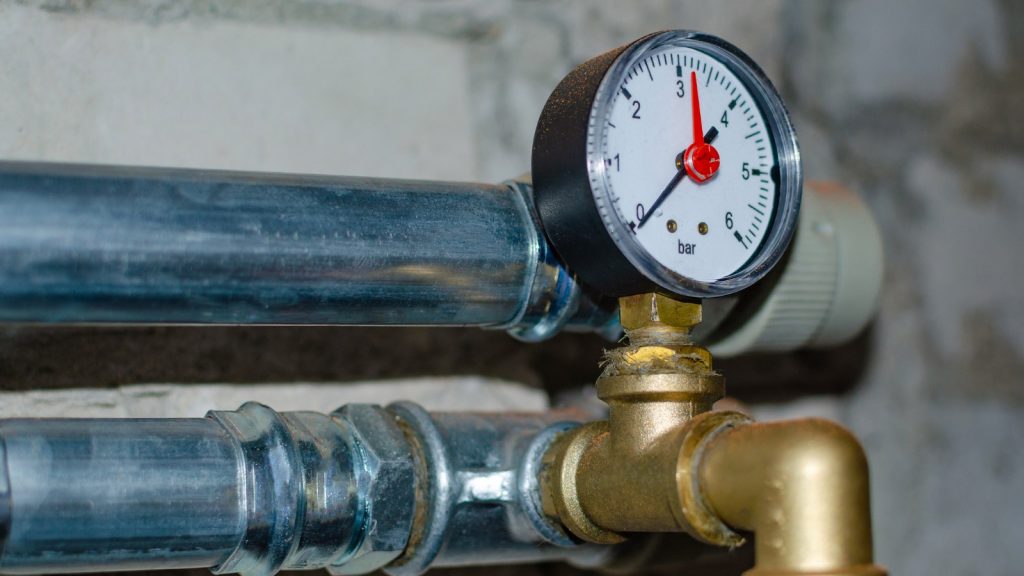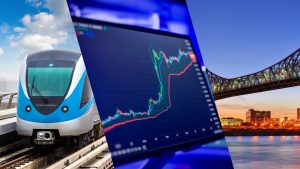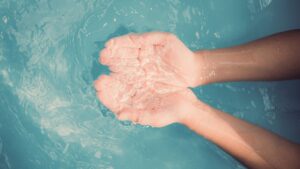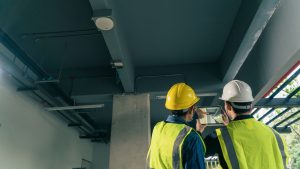When it comes to the water treatment industry, it is crucial to have a good understanding of the capacity of water that the water basins, valves, and pumps can bear. If this goes out of control, it not only interrupts the smooth functioning of the workflow but also endangers the neighbouring land and the lives of people in the blink of an eye. Is there any way to prevent this situation in the water industry? Why not! With modern technology in today’s world, everything is possible. What exactly you need to avoid such risks is the technology named ‘Water Level Monitoring Sensors’.
In this article, we will look into the implementation of water level monitoring sensors and their benefits for the water treatment industry.
What are Water Level Monitoring Sensors?

- Let us explain how these water level monitoring sensors differ from other sensors. These are devices specially designed to measure and track the depth or height of water in various settings, such as tanks, reservoirs, rivers, or wells in the water treatment realm. These sensors use different technologies, like ultrasonic, pressure-based, or capacitive methods, to track down water levels accurately.
- Just like the other sensors, water level monitoring sensors also transmit data to monitoring systems or devices for further analysis. This act helps the authorities embark on real-time monitoring and management of water resources.
- These sensors are essential for many different uses. They can prevent floods by warning authorities when water levels increase over certain limits, or they will ensure that water is available for homes, businesses, and agriculture without getting interrupted by overflows or flooding when it comes to the water treatment arena.
- Going beyond their capabilities, these water level monitoring sensors provide timely and precise information for the authorities to help with effective water resource management, conservation, and the prevention of potential challenges that are highly possible with water overflows or droughts.
Benefits of Water Level Monitoring Sensor Applications

Preventing Overflows
It is common for a water treatment facility to encounter challenges with water overflows during rainy periods. It is highly necessary for the authorities to keep an eye on the bearable water levels inside their water-collecting infrastructure, such as basins. As far as this challenge is concerned, these sensors continuously monitor the water levels in tanks and basins, acting as controllers against overflows in water treatment plants. They are positioned carefully to monitor the rise in water levels and, should the levels reach critical levels, send out an alert or activate automatic systems.
If we simplify this procedure, as soon as they sense that capacity is approaching, they quickly identify it and take appropriate action, such as turning on pumps or valves to control or redirect the flow and stop overflows that could contaminate the environment or destroy infrastructure. Operators can make accurate decisions and swift reactions to maintain ideal water levels by utilising real-time data from these sensors.
For water treatment facilities to operate smoothly and safely while protecting against possible risks or system breakdowns, these water level monitoring sensors must be able to offer early alerts and enable automated reactions in order to prevent overflows when combined with other systems like the ‘Internet of Things’ (IoT), Predictive Analytics, Digital Twin, etc.
Optimised Pump Efficiency
Pump assets are highly important for a water treatment facility to function properly and maintain an uninterrupted operational background. When the water levels are monitored thoroughly through these sensors, it will be helpful to keep the pump assets in good condition.
How is this possible? These sensors continuously track water levels in tanks or reservoirs, providing real-time data to control pump operations. Since they are able to accurately measure the amount of water available at that moment, they enable pumps to operate at optimal levels. This act helps prevent unnecessary over-pumping or underutilisation when it comes to the pump assets inside a water treatment plant. Plus, this data backs up the efforts to have automated adjustments in pump speed or activation, aligning the pump’s output with the actual demand, which helps to reduce costs as well.
On the other hand, as the utilisation of these sensors makes it possible to ensure that the water levels stay within the advised range, it will be a great help to avoid cavitation or damage to pumps.
Early Leak Detection
These technological advancements can be known as ‘warriors’ against leaks in water treatment facilities, considering the fact that they can detect abnormal fluctuations in water levels. The power of these sensors lies in their capability to investigate sudden drops in water levels that do not align with predicted usage, which could signal a potential leak within the system.
These sensors track water levels constantly and notify operators right away if they notice any unexpected changes. This makes it possible to find leaks quickly and fix them. They help service technicians minimise water loss, avoid infrastructure damage, locate leaks precisely, and avoid any contamination problems by giving early alerts, which is an outstanding feature of them.
This approach has gained popularity in the water industry due to its being empowered to conduct leak detection that will mitigate the impact of leaks. However, in the end, this encouragement will help the authorities reduce repair costs and ensure the uninterrupted operation of water treatment facilities for a safe and sustainable water supply.
Optimising Chemical Usage
It is common to use necessary chemicals in limited amounts to clean the water they are distributing to the general public through the water treatment plants. However, deciding the right chemical amount to be used for certain water levels poses a challenge for sure. If you have water level monitoring sensors in hand, this will be simplified as these sensors track water levels in tanks or basins, enabling operators to precisely determine the volume of water requiring treatment. With the use of this data, chemicals can be accurately dosed, matching the amount of water, the flow rate, and the treatment requirements of the substance.
These sensors ensure that the proper quantity of chemicals is delivered, preventing both overdosing, which is wasteful and can be dangerous to the environment, and underdosing, which could compromise the quality of the water. Striking the right balance of dosing is quite essential in this case.
This technological optimisation leads to more sustainable and efficient water treatment operations by maintaining water quality without needless chemical usage. This also helps the administration cut down on operating costs and minimise the environmental impact.
Remote Monitoring Capability
These sensors allow real-time remote access and monitoring by constantly tracking water levels and sending data to centralised systems. This lets administrators or operators monitor water levels remotely, evaluate patterns, and get instant alerts or notifications about important changes or possible problems.
Whether through concentrated software solutions, remote accessibility to this data empowers decision-making from anywhere, encouraging timely interventions in case of emergencies.
On the other hand, remote monitoring minimises the need for physical presence on-site, which assists the authorities in simplifying operations and optimising resource allocation targeting the overall efficiency and responsiveness of the whole water treatment process, matching their expectations.
Identifying Barriers with Water Level Monitoring Sensors

Now you might understand that you can always opt for a concentrated solution when you purchase software tools to optimise business. However, it is highly advised to align your industry requirements with the features of the technological solution you are about to implement. It is always better if you can hold hands with a reputed supplier, as you can rely 100% on them.







